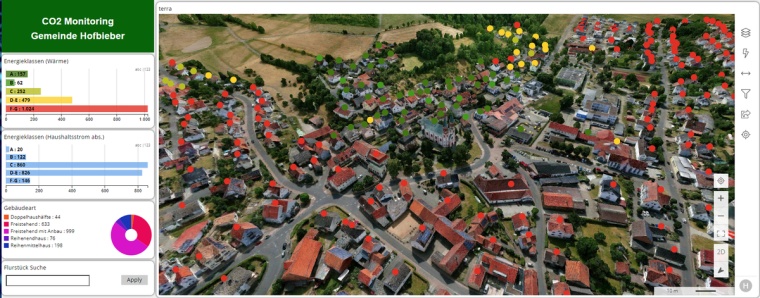Digital twin helps Hessian community achieve climate goals
Hofbieber is working with Hexagon to develop a municipal digital twin that will accompany and monitor the municipality's progress towards climate neutrality by 2030

The digital twin uses environmental data and 3D simulations to recreate real-life conditions. This ranges from C02 emissions to heat propagation and flood risks.
Larger cities in particular use digital twins to model environmental conditions and derive plans from them. But this community of just 6,300 inhabitants - Hofbieber is located around 100 kilometers northeast of Frankfurt am Main - provides an ideal example of how even smaller communities can effectively combat climate change.
In addition to achieving its climate goals, Hofbieber is also aiming for other effects through modern environmental and city management, which is made possible by the digital twin's modeling, such as higher property values, lower insurance premiums, stronger economic development and growth in tourism. By monitoring C02 emissions using the digital twin, Hofbieber can monitor its progress and compare it with other communities. The digital twin can also be programmed to simulate flood risks, heat islands, urban air currents, traffic and much more in the future.











